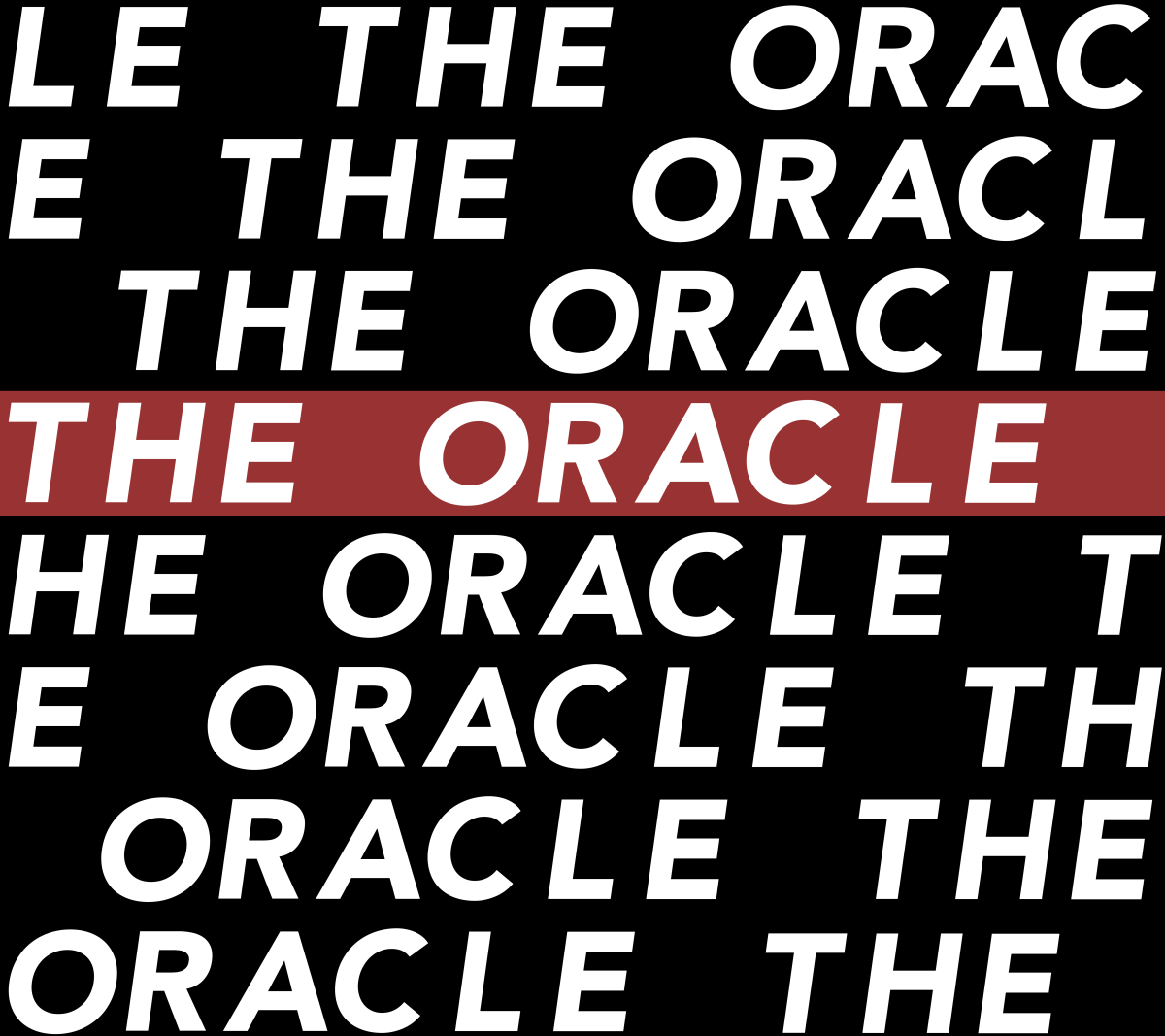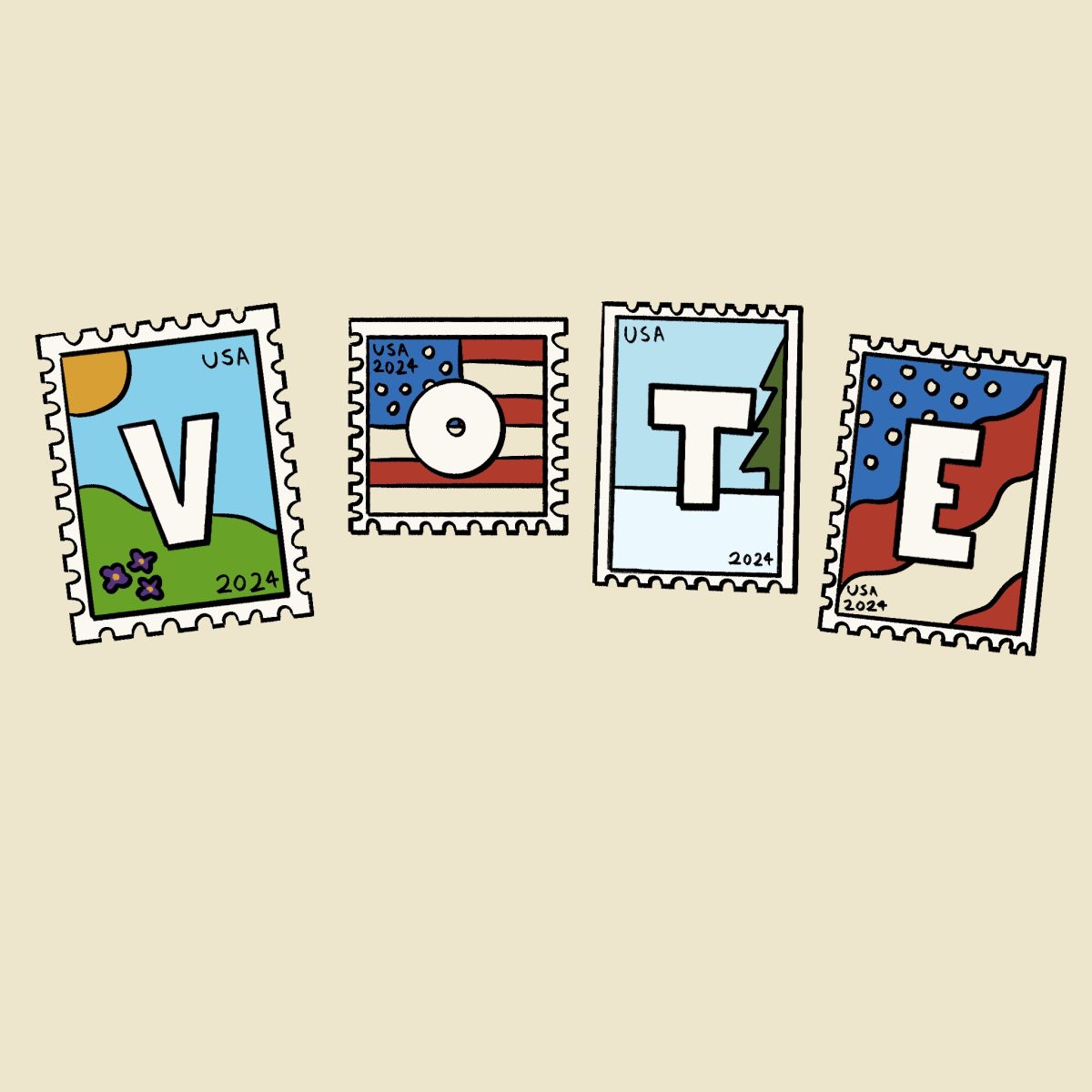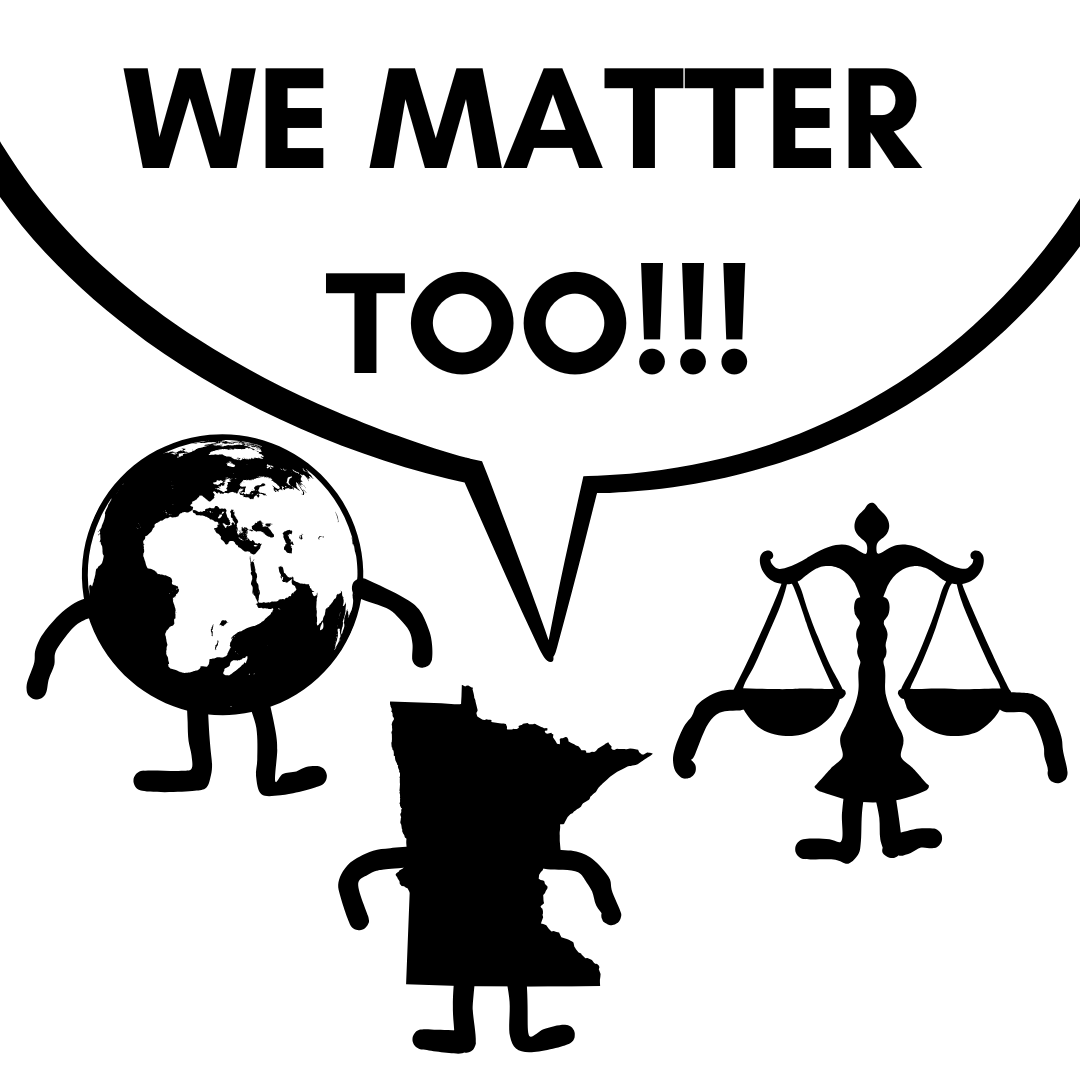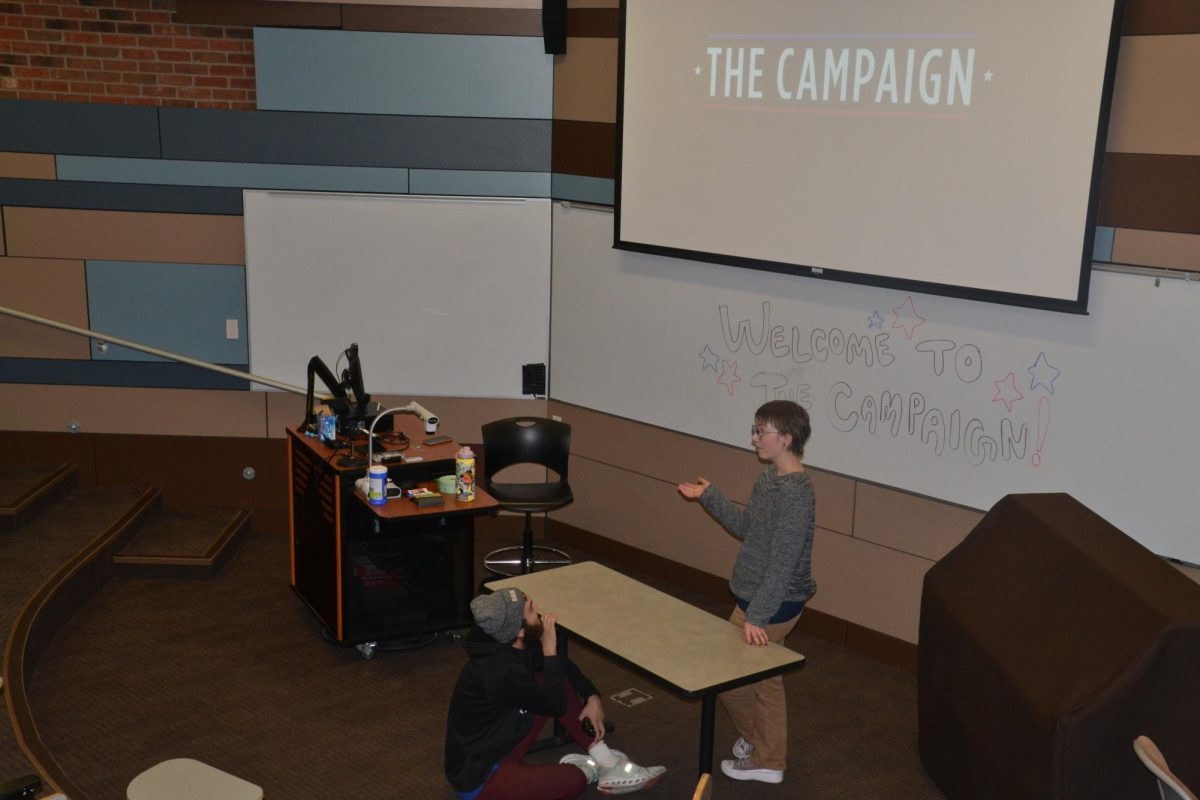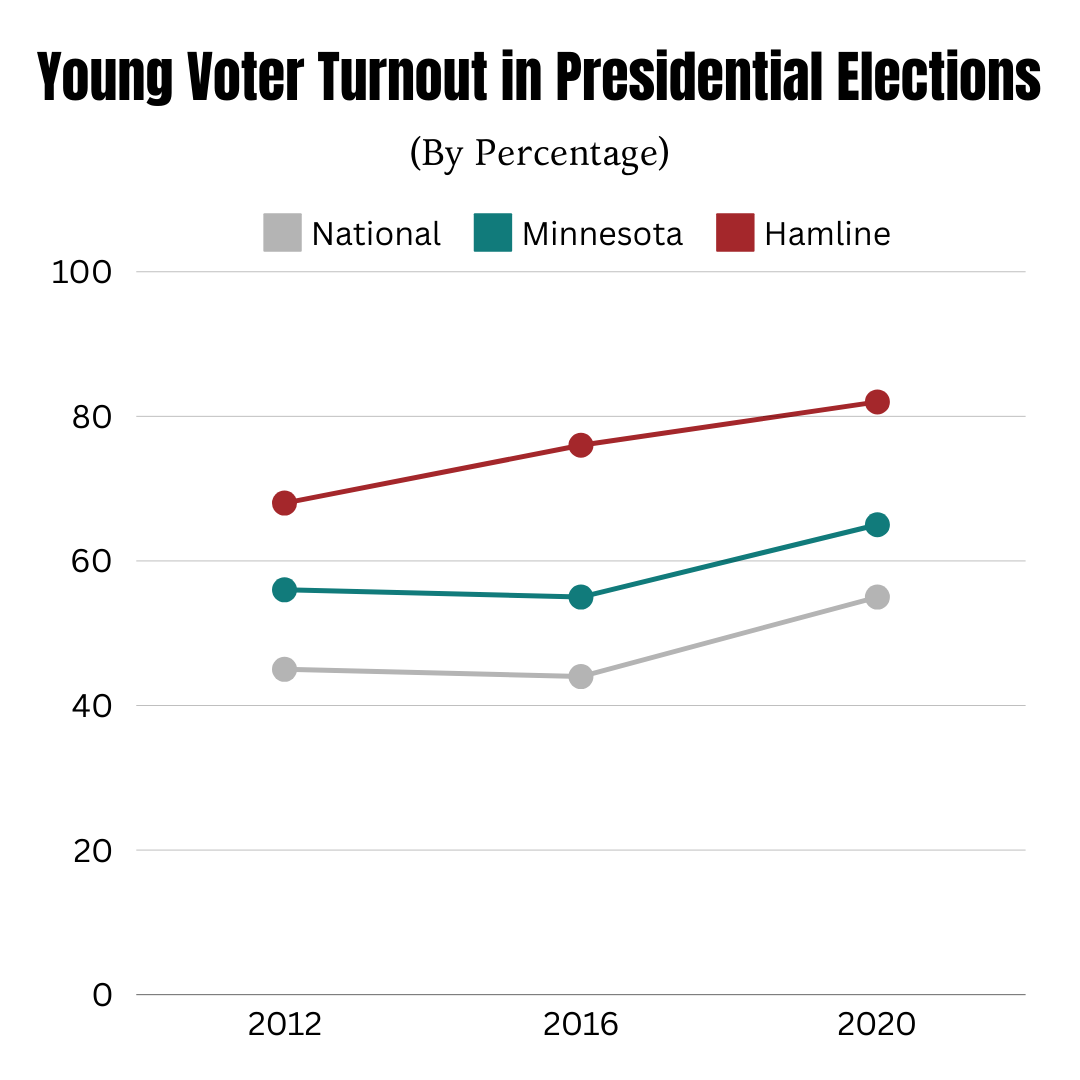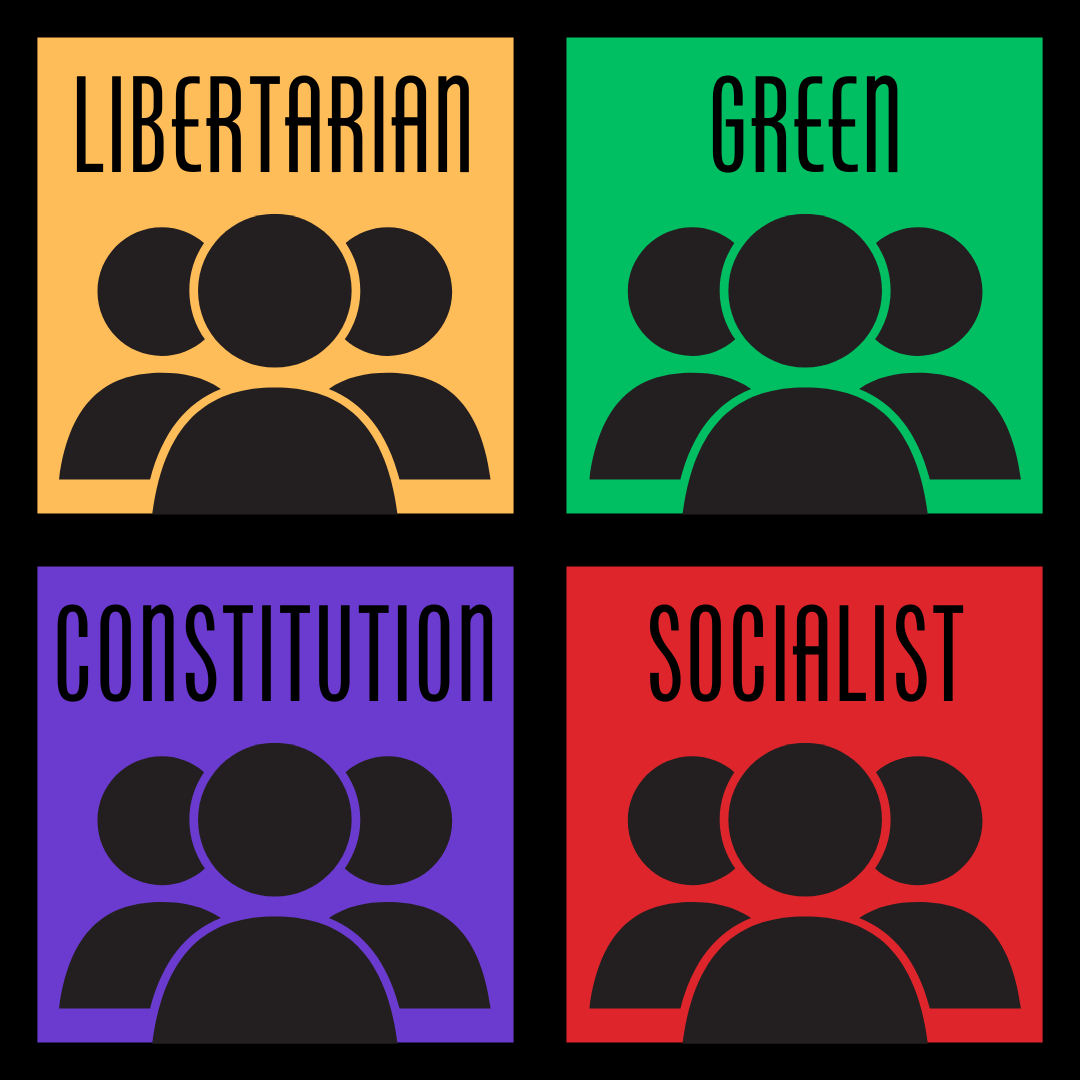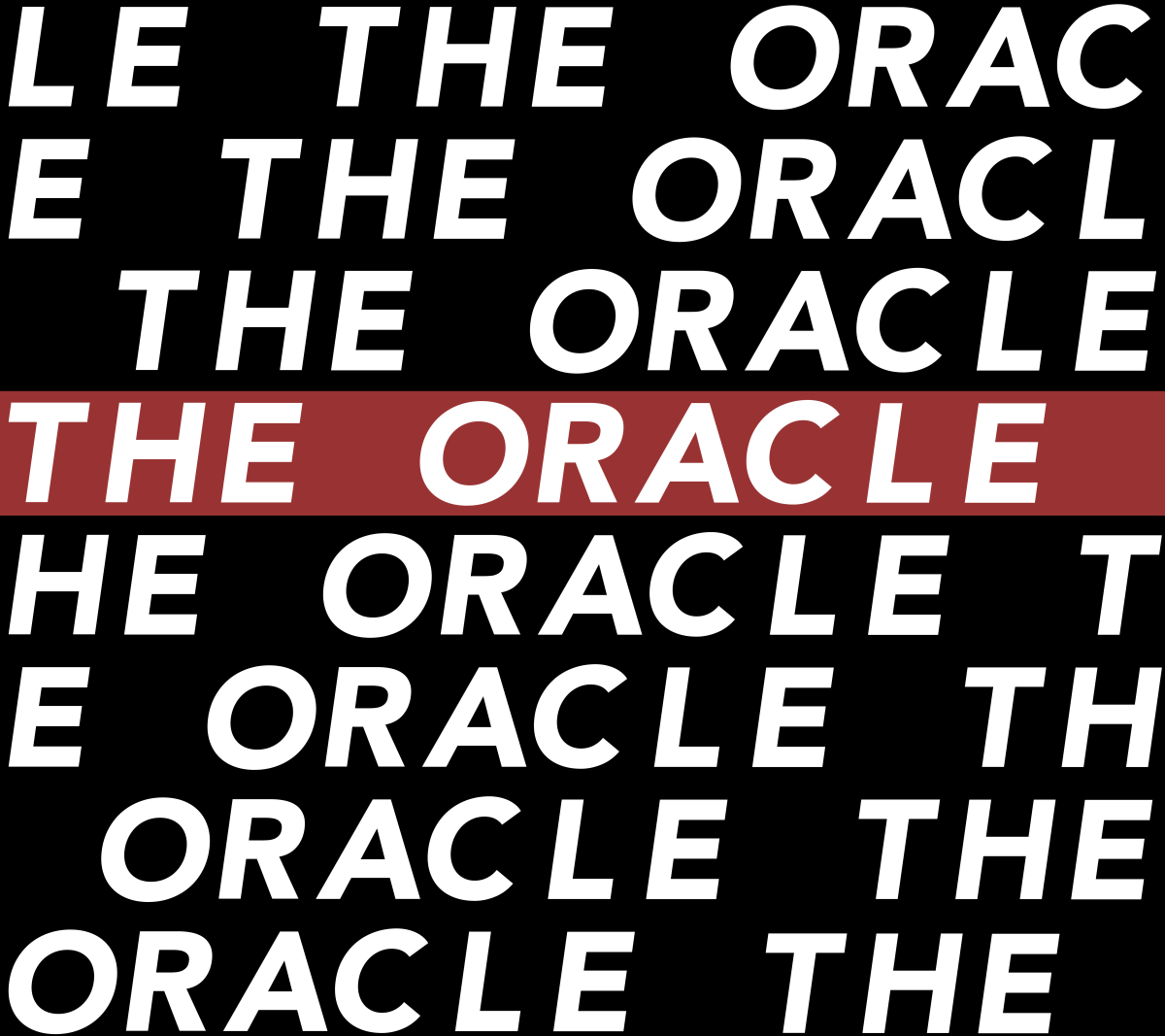After a record turnout for young voters in 2020, the youth vote could shape the outcome of this year’s election. A recent poll by the Harvard Institute of Politics found that 58% of Americans under 30 years old were “definitely” going to vote, meaning the trend in high youth turnout could continue. Given the stakes of the 2024 election, with issues such as reproductive rights, border security and potential tax cuts or increases on the ballot, many young people are engaging in politics more than ever before.
Hamline as an institution has had an impressive voter turnout record, with 76% in 2016 rising to 82% in 2020, compared to 55% nationally. Hamline Votes, through methods like social media posts, signs around campus and tabling in the Anderson Center, has been campaigning to reach their goal of 90% turnout this election.
First-year Alex Brundieck said that despite not feeling represented by either candidate this year, he is still voting. However, this does not diminish the importance of this election and has motivated him to vote.
“I’m not campaigning or volunteering with anyone, which I thought I would have done maybe two years ago,” Brundieck said.
Brundieck mentioned that local politics is something he cares about due to the issues he has are impacted by local policies, therefore feels his vote is important to influence those outcomes
First-year Darani “Dani” Sihavong also said she was motivated to vote because of her interest in local politics.
“Minnesota is such a great place to be and it’s because we have all of these resources that the state provides us with,” Sihavong said.
Hamline’s Young Democratic Socialists of America (YDSA) co-chair and junior Ethan Heide said that fear is what is driving themhim to vote this year.
“If you ask me, I don’t think it’s the most effective strategy for the Democrats to run on just fear of the other side, which is a strong motivator. It’s what’s motivating me, but I would much prefer to also have the positive motivation,” Heide said.
Some issues that young voters have said they care about include labor rights, the environment and what is happening in Palestine.
“I care about Palestine quite a bit, that’s a big one for me,” Brundieck said, commenting that he did not agree with either party’s stance on the issue. “The best argument I’ve heard for voting blue is that it will be a lot easier to influence the Democrats to meet more progressive demands.”
Both Sihavong and Brundieck said that they saw a lot of political engagement among their friends, with the majority of them caring about the importance of voting and encouraging others to do the same.
Heide said theyhe can understand why a young voter might not want to vote this year.
“I do understand, especially in this election, the impulse for a young person to just sit it out because I personally could go on about both candidates and all the things I dislike about either one of them,” Heide said.
There is a trend amongst young people where they might wonder why they should care about voting. This trend is more prominent in states in which one’s political affiliation is commonly guaranteed, such as a Republican voter living in Texas, and a Democrat voting in California.
“We’re talking about our future,” Sihavong said. “This is something we have to do every four years because change is important.”
Hamline YDSA co-chair and senior Iris Eichinger discussed how issues relevant to young people will become a bigger priority if young voters turn out.
“The more we vote, the more politicians will care about the issues that young people care about,” Eichinger said.





